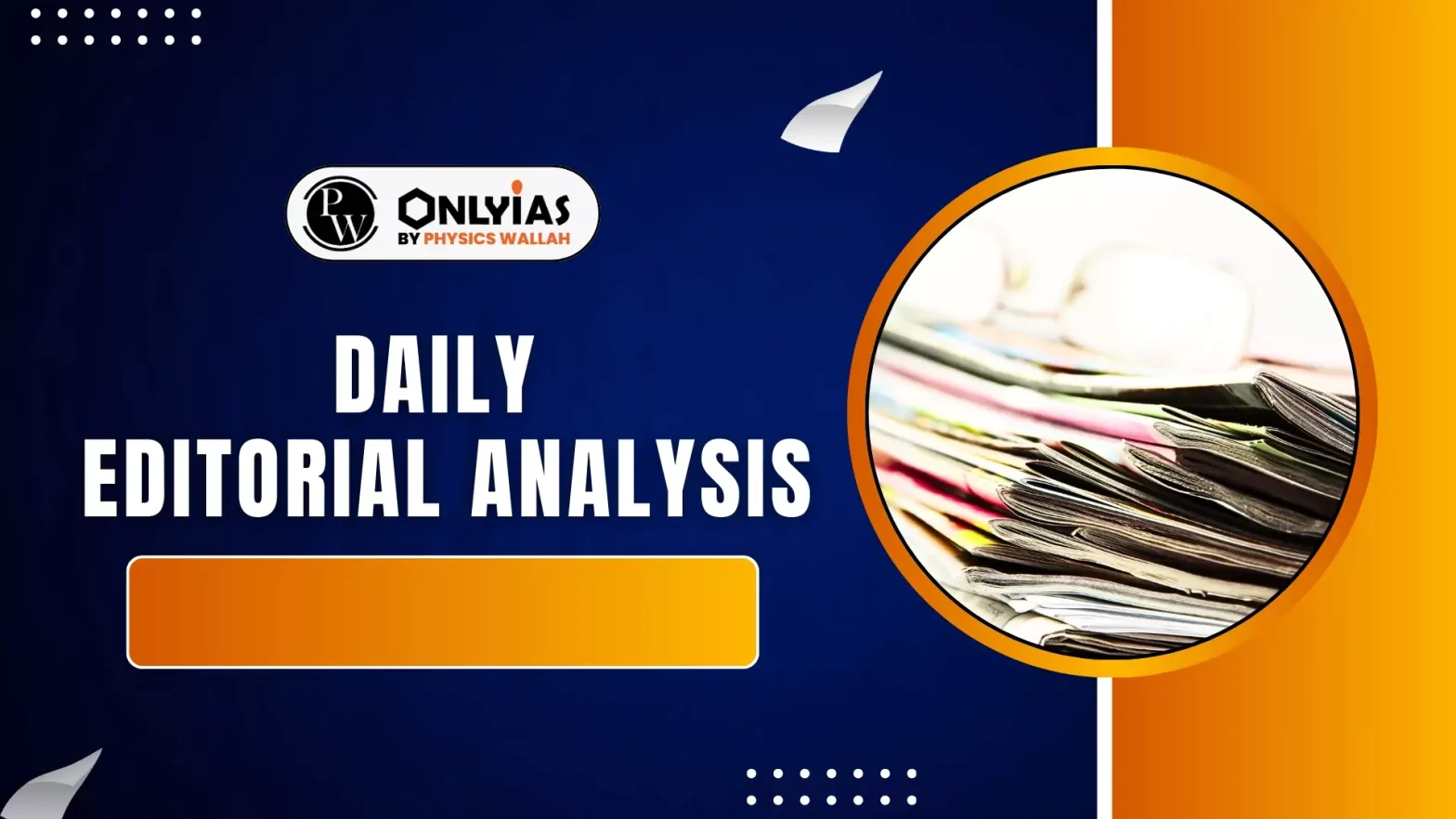The article criticises recent judiciary’s approach to the protection of free speech and upholding liberty as a sign of judicial regression and weakening the core of democratic expression.
Constitutional Framework on Freedom of Speech and Expression
- Article 19(1)(a): Freedom of Speech and Expression
- Guarantees fundamental right to freedom of speech and expression to every citizen.
- Encompasses various forms of expression, including:
- Criticizing government policies and public officials.
- Expressing opinions on social media platforms.
- Participating in peaceful protests and demonstrations.
- Creating artistic, cinematic, and literary content.
- Engaging in academic and intellectual discourse.
Article 19(2): Reasonable Restrictions
- The Constitution allows only six specific grounds on which free speech can be restricted, known as reasonable restrictions:
- Sovereignty and Integrity of India — speech threatening national unity.
- Security of State — disclosure of classified information or state secrets.
- Public Order — speech that incites violence or disrupts peace.
- Decency or Morality — protecting societal norms.
- Contempt of Court — protecting judiciary authority.
- Defamation — protecting the reputation of individuals.
- These restrictions must be reasonable and necessary in a democratic society.
Constitutional Test for Restricting Free Speech
- Imminent Violence: Will the speech lead to immediate or imminent violence?
- Disruption of Public Order: Will the speech actually disrupt public order or cause serious disturbances?
- Threat to State Security: Is the speech spreading dangerous misinformation or information that threatens the security of the state?
Case Examples Reflecting Judicial Sensitivity to Sentiments
- Allahabad High Court (2025): Rejected quashing of FIR against a man criticizing PM Modi post-Operation Sindoor, stating “emotions cannot overflow to disrepute constitutional authorities.”
- Kamal Haasan case: Court advised apology for remarks about Kannada language, enforcing a popularity test over free speech.
- Ranveer Gautam Allahabadia case: Judicial concern over “vulgar” language in podcasts shows courts policing taste and modesty, not harm.
- Ali Khan Mahmudabad case: Scholarly criticism invited legal scrutiny due to alleged hurt sentiments and dog whistle intent.
Dangerous Patterns Emerging
- Emotional Provocation: Courts equate emotional provocation with legally actionable harm, misreading Article 19(2).
- Restrictions: Legal restrictions are for speech that incites violence, hatred, or disrupts public order, not for causing offense.
- More Litigation: Encouraging apologies for lawful speech creates a perverse incentive: more outrage leads to more litigation. This empowers mobs and serial litigants, creating a market for offence.
Speech and the Armed Forces
- Denial: Courts deny free speech protection when it “defames” military or state institutions.
- Laws: Use of stringent laws like Sections 152 and 353(2) of Bharatiya Nyaya Sanhita against sarcastic speech reflects legal overreach.
- Scrapping of FIR: Quashing of FIRs is often denied; the process itself becomes punishment, chilling speech without convictions.
Chilling Effect on Democracy
- Rise of Self-Censorship: Fear of legal harassment causes creators and thinkers to avoid controversial topics:
- YouTubers shift from satire to “safe” non-controversial content.
- Writers and filmmakers avoid bold scripts to prevent lawsuits.
- Professors and intellectuals delete tweets and refrain from discussing sensitive academic issues.
- Consequences: Public discourse becomes bland, sanitized, and meaningless. Democracy suffers as citizens fear expressing honest opinions. Genuine debate and dissent, which are essential to democracy, get suppressed.
Conclusion
A judiciary that values comfort over constitutional courage risks silencing the very dissent that sustains democracy. True justice protects the right to offend, not just the right to agree. In honouring Ambedkar’s legacy, courts must uphold protest as a cornerstone of the Republic, not a threat to it.
![]() 9 Jun 2025
9 Jun 2025

